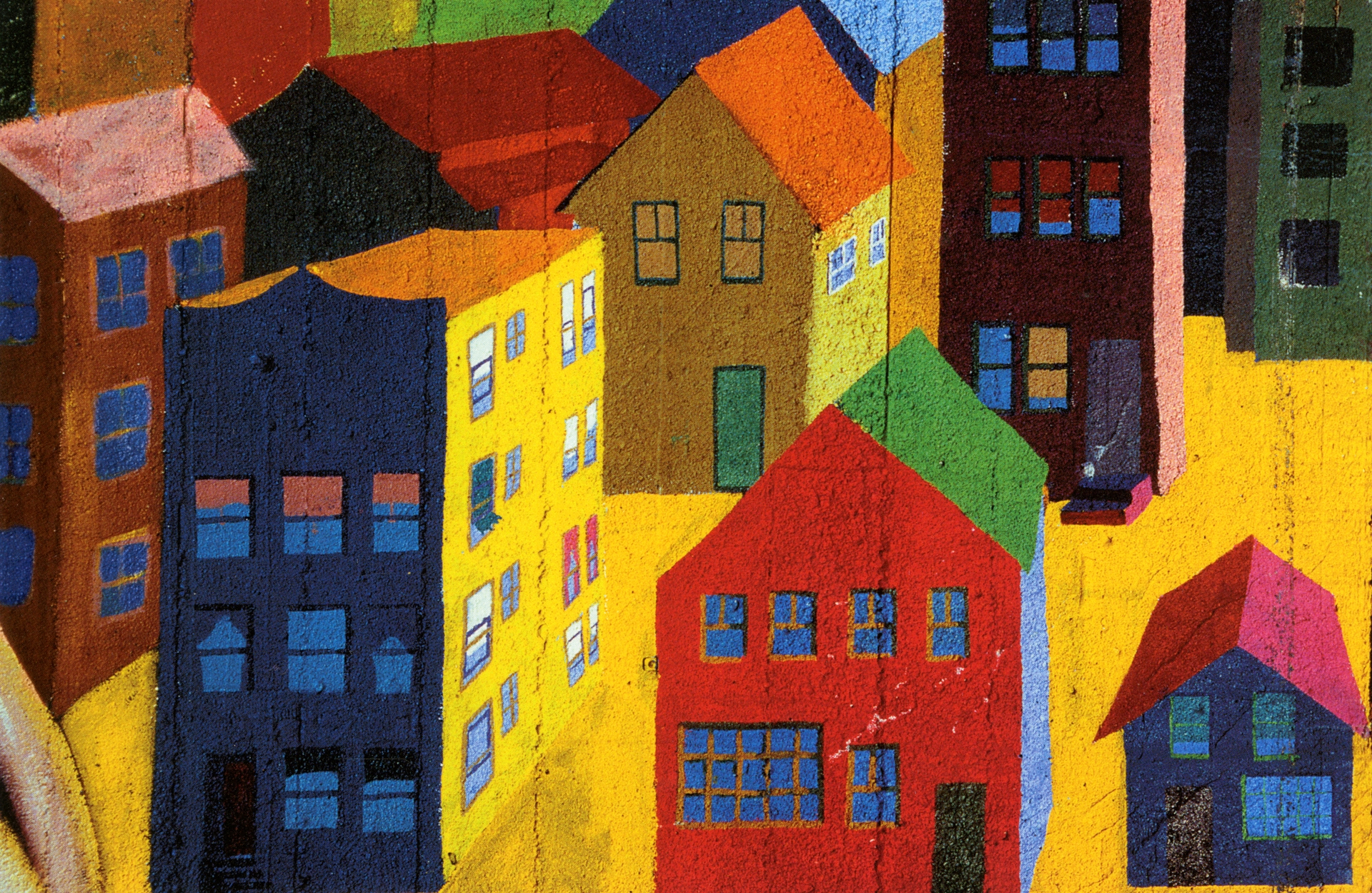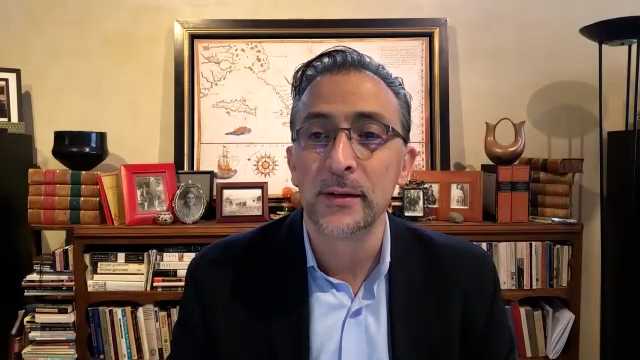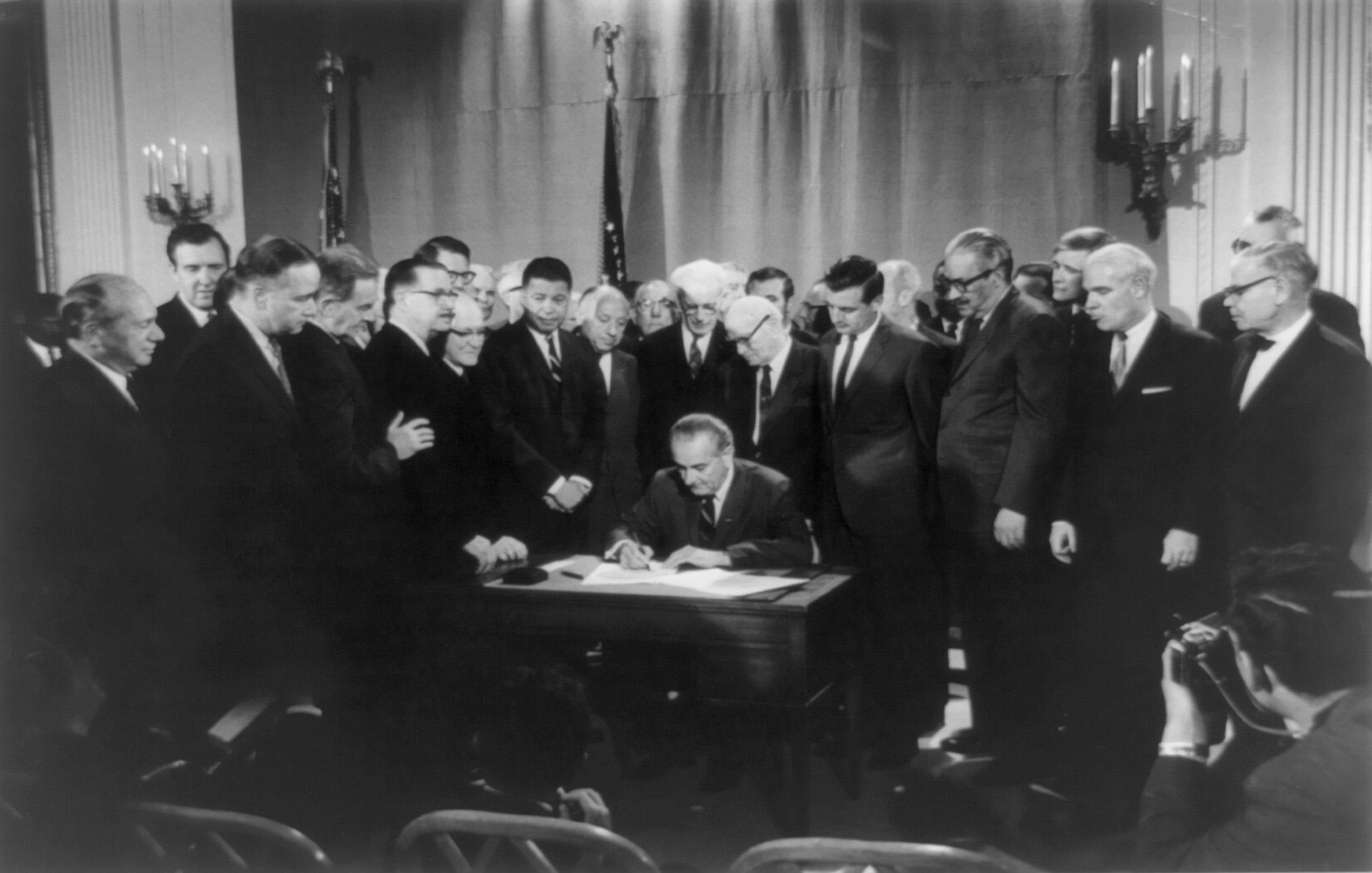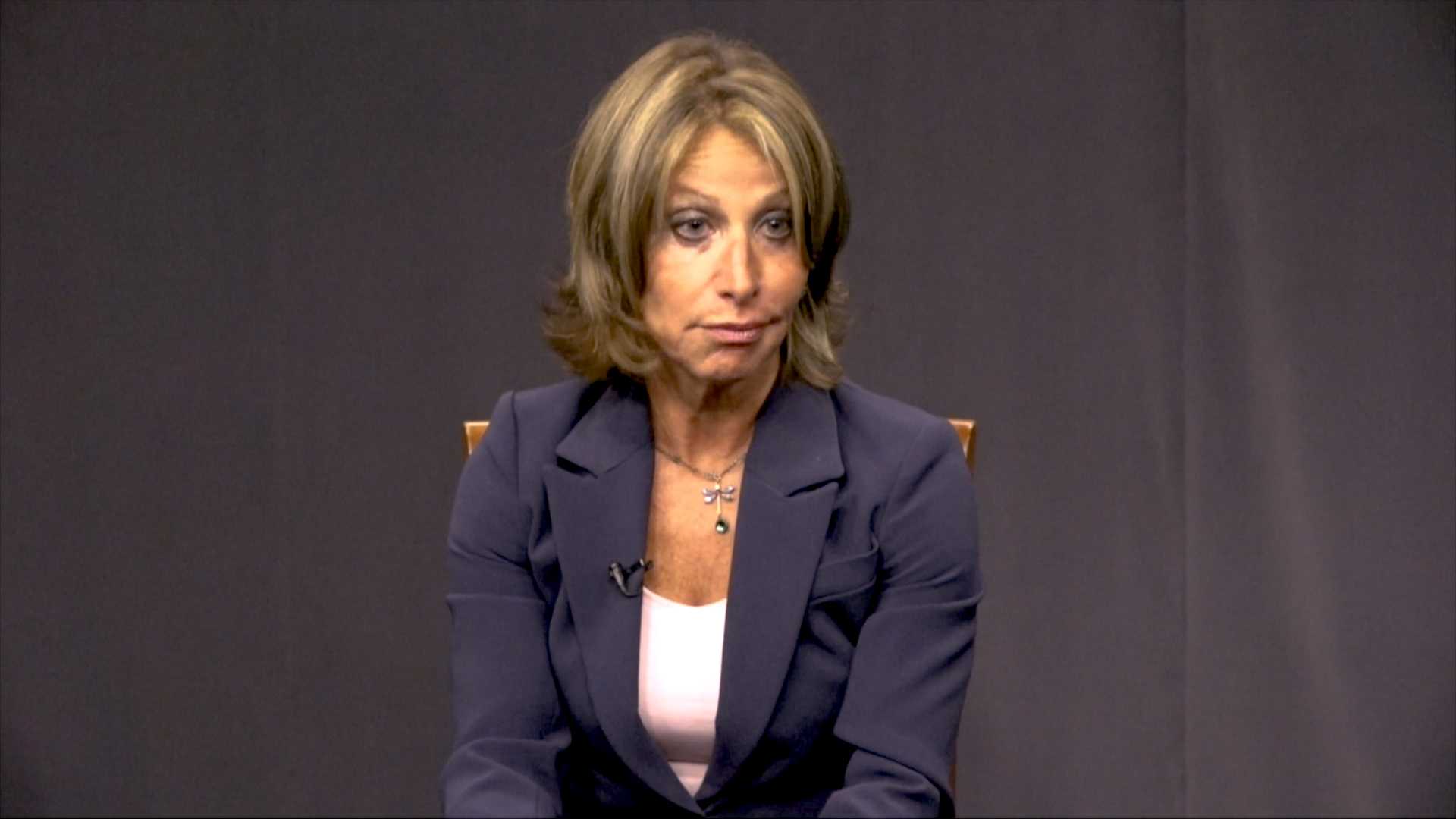Article 16
What kind of place will you call home?

Courtesy of Bernard Kleina
What defines a good place to live?
Is a single-family home a good fit for everyone?
Should an ideal city have all renters, all owners, or a mix of each?
Race and real estate: the connections between the two run deep in U.S. history. Will the future be different?
Starting in the 1890s, residential segregation and racial separation became a critical part of many White Americans’ vision of the good life. It was built right into the landscape. As generations grew up in this reality, segregation could seem like the natural enduring way things are and always were. But it was created purposefully by human decisions and actions.
Place matters because it tells us who we are. It allows us to see the possibility and the connection between the past and the present.
Scholar and Writer

ViewHide Transcript
Place matters because it tells us who we are. It allows us to see the possibility and the connection between the past and the present, in the relationships of those people that embody those places as well. And it's up to us, the cultural practitioners, to actually create openings for story in these places as well.


President Lyndon B. Johnson signing the 1968 Civil Rights Act that included fair housing on April 11, 1968.
Courtesy of the Library of Congress
The decisions and actions of civil rights advocates worked to chip away at this system. Activists, lawyers, and everyday homeowners asserted their rights to live where they wanted to and could afford to. The pinnacle of their efforts was the 1968 passage of the Civil Rights Act, known as the Fair Housing Act. Its passage reversed a decades-long rise in segregation in the U.S. Segregation rates began to fall very gradually after 1968.
What decisions and actions today could create a different future for housing in America? While legal housing discrimination has mostly been banned, it is still common to hear the belief that certain racial groups or types of housing bring down property values or cause community decline. Online, potential homebuyers can find maps of communities listing race alongside factors like average home price, political affiliation, and COVID-19 rates. Housing patterns continue to create disparate outcomes among people of different races. The challenges of the past are still reaching into the present and future.
I do think there was some guiding people to Jewish areas.
West Hartford, Connecticut

ViewHide Transcript
When my parents were looking to buy a house, it was very clear they wanted to be in a Jewish area. They weren't observant Jews, but they wanted to be in a Jewish area. But there were REALTORS® that were helping them to decide where they should be. I remember my dad telling me about a house that they looked at on Mountain Road that was not a Jewish, you know, kind of a Jewish street or Jewish area. And the REALTOR® said, you don't want to look at that house. And so that was sort of a way to help, to kind of guide people. And I'm sure they had told them they wanted to be in an area with Jewish people. But I don't, you know, that was an interesting comment on his part to share.
Most families had a story of why they came to the United States and maybe why they came to the area either they were from Hartford, West Hartford. When I went to school the schools were closed on Jewish holidays, not only because, both schools I think we're closed. I'm not really sure actually whether Conard, because I had heard that Conard wasn't closed on a Jewish holiday and just Hall. Actually, the North End of town had a bigger Jewish population. And I think that was for again, several reasons there was a critical mass of Jewish people in the North End. And so that's where synagogues were. But also and that's self-serving, right? But also, I do think there was some guiding people to Jewish areas, partly because Jews wanted to be with Jews, but also probably because there were other areas that just maybe weren't as accustomed to having Jews or even welcoming to having Jews. But even in the North End of town, there were areas that did not traditionally have Jews.
Every community has a story about housing and race. Many communities hid or overlooked this history for a long time. We hope the Unvarnished project will inspire further research into local community histories across the United States. How did these national movements for and against housing segregation play out locally? After you have explored the national story and six community spotlights of this project, we invite you to dig deep into your own community’s history. How does your community compare? How did the systems of laws, customs, beliefs, and threats influence your hometown? What community movements and legal fights paved the way for people who live in your city or town today?
And once you have learned the history, think about the days to come. What is your vision for fair housing in America? What can you do today to work toward it? How could your own city or town reduce segregation and increase access to safe, good-quality housing? What kind of community do you want to live in? By bringing your knowledge of the past to your own local activities, you have the power to envision new futures.
We end in the same place we started: What do you know about the place you call home?